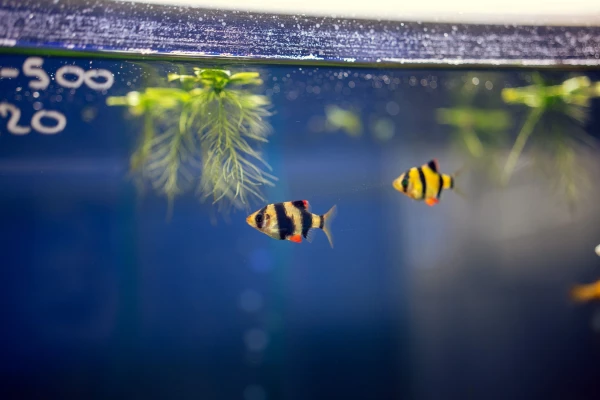
An aquarium is not just an element of interior design, but a living ecosystem. Mistakes at the start often lead to water problems and fish diseases. Let's discuss how to properly set up an aquarium from scratch and care for it so that it remains clean and stable for a long time.
- Preparation and Equipment Selection
Before setting up the aquarium, it is important to choose a suitable location and size. The larger the capacity, the more stable the water parameters. For beginners, it is optimal to start with an aquarium of 60–100 liters. The stand should be sturdy, able to support the weight of the water, and placed on a flat surface, away from radiators and direct sunlight.
The basic kit includes the aquarium itself, a lid with lighting, a filter, a heater with a thermostat, and a thermometer. The filter is selected based on its performance — it should pump at least four times the volume of the aquarium per hour. Lighting depends on the presence of live plants: simple species require moderate light, while fast-growing plants need more intense light.
- Substrate, Decor, and Plants
The substrate serves not only as decoration but also as a foundation for plant growth. For beginners, medium-grained gravel or sand is suitable. It should be thoroughly rinsed before being added. Decorative elements — stones and driftwood — are cleaned with hot water, without soap or chemicals.
Live plants perform an important function: they absorb waste products, oxygenate the water, and prevent algae growth. For initial experiments, Anubias, Java moss, and Cryptocoryne are suitable — they are hardy and resilient species.
- Filling and Starting the Nitrogen Cycle
After installing the decor, the aquarium is carefully filled with water. To avoid disturbing the substrate, the water is poured onto a plate or a plastic lid placed at the bottom. Be sure to use a conditioner that neutralizes chlorine and heavy metals.
Next begins the key stage — starting the biological (nitrogen) cycle. Over the course of several weeks, colonies of beneficial bacteria form in the filter and substrate, converting toxic ammonia into safe nitrates. Fish cannot be introduced until the cycle is complete: ammonia and nitrite levels must remain stable at zero. Special bacterial preparations can help speed up the process.
- Introducing Fish and Acclimatization
Fish are introduced gradually — starting with a few hardy species (guppies, neon tetras, bristlenose plecos). After a week, new inhabitants can be added while monitoring water parameters. A sudden increase in bioload can cause an ammonia spike and fish deaths.
- Aquarium Maintenance
Regular maintenance is the key to the health of the entire system. Water changes are performed once a week, replacing 15–25% of the volume. New water should be prepared in advance and brought to the temperature of the aquarium. At the same time, the substrate can be siphoned — removing leftover food and organic deposits.
Glass is cleaned with a magnetic scraper or sponge, but without cleaning agents. The filter is rinsed only in drained aquarium water to avoid destroying beneficial bacteria. Cleaning the filter and replacing media should be done gradually, not all at once.
- Algae Control and Prevention of Mistakes
Excessive lighting and overfeeding are the main causes of algae growth. The light period should be reduced to 8–10 hours, leftover food should be removed, and the number of live plants should be increased.
- Minimum to Remember
An aquarium with a volume of at least 60 liters provides stability in water parameters. The nitrogen cycle is essential before introducing fish. Water changes and filter maintenance should be regular but careful. And most importantly — do not rush: a properly set up aquarium develops gradually, and its ecosystem becomes stable and self-regulating over time.


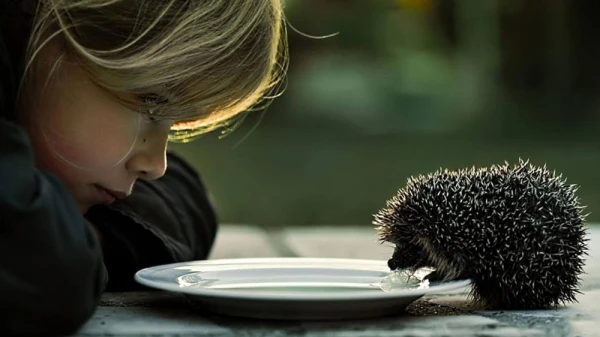
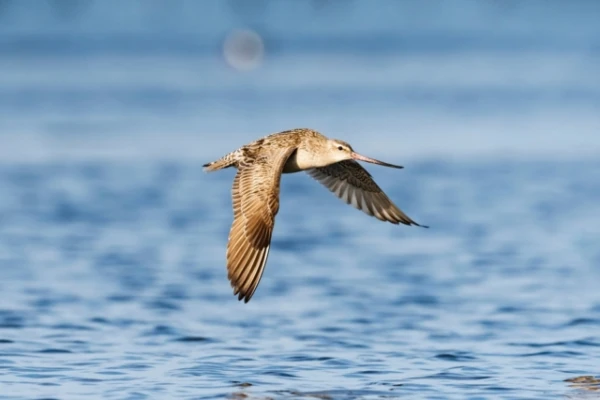


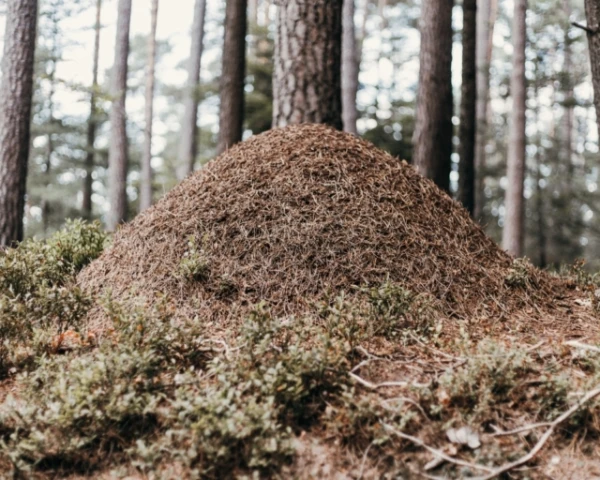






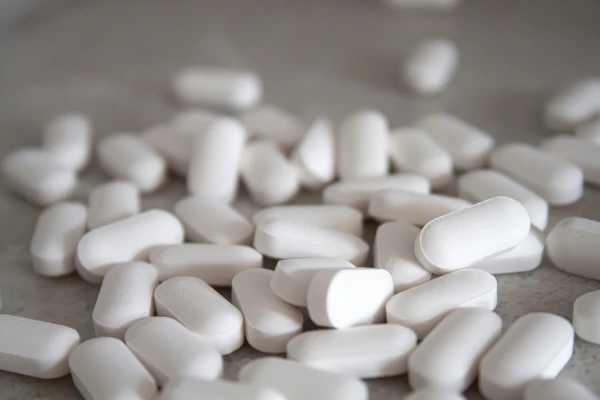
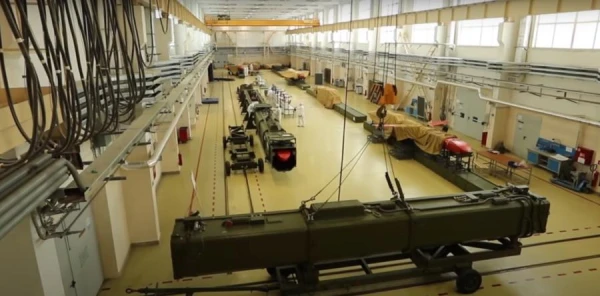
Leave a comment